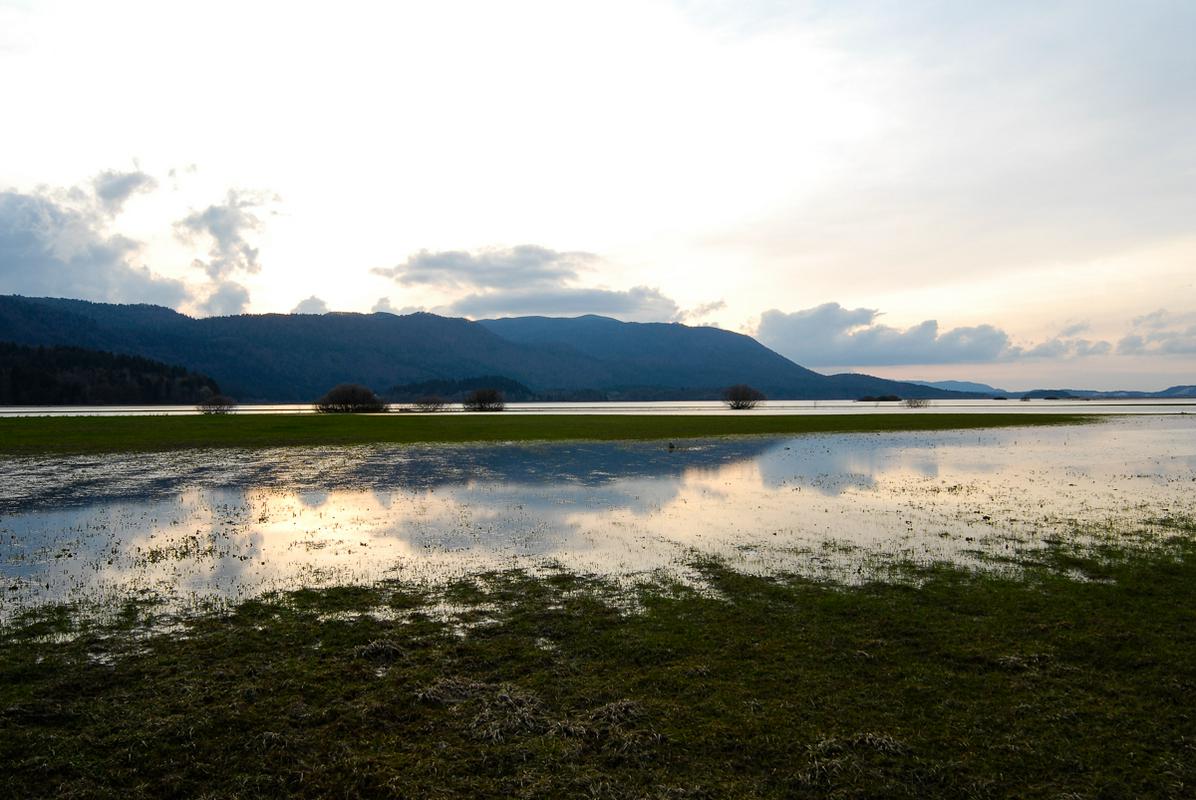
Visitors coming to see Lake Cerknica in June may well be disappointed. Instead of Slovenia’s largest lake, they will find a wide valley surrounded with woodland: an attractive landscape, but with few signs of any lake.
Just a few months later, the same sight is radically transformed. A vast lake extends throughout the valley, giving life to an abundance of flora and fauna. This is the annual cycle of Lake Cerknica, not just Slovenia’s largest lake, but also one of the largest intermittent lakes in the world.
The lake’s unique nature has awed observers for centuries. Johann Weikhard von Valvasor, a famous 17th century polymath, was familiar with Karst phenomena, yet he was so enthralled by the lake that he considered it one of the wonders of the natural world and spent years studying its annual cycle.
Thanks to Valvasor and subsequent researchers, the unique character of Lake Cerknica is now well understood. The limestone of the Slovenian Karst provides an easy way for water to escape below ground and is responsible for various caves, crevasses, sinkholes, and even underground streams. It is only when the underground water system fills up with water that Lake Cerknica spreads out on the surface, covering 25 square kilometers (some 10 square miles) or more.
During drier periods – usually in the early summer but often in the winter as well--, several sinkholes drain away the water until almost none of its remains on the surface. Almost: a small portion of the lake remains filled with water and enables the fish to survive until the water returns.
The wetlands created by the ever-changing lake level are an ideal habitat for more than 100 species of birds, 15 species of amphibians, as well as plants that face extinction elsewhere. Lake Cerknica, long a tourist attraction, is now also a centerpiece of a regional park intended to preserve both the area’s unique ecosystem and its unique geology. With this protection in place, Lake Cerknica promises to enchant future visitors much in the way it caught Valvasor’s imagination centuries ago.

































































